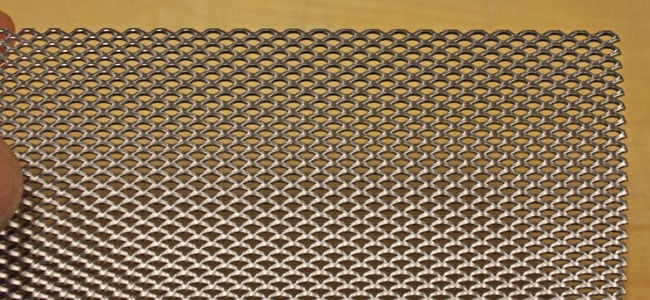Engineered Materials in Cathodic Protection

First, some history: The earliest use of cathodic protection is credited to Sir Humphry Davy, a pioneer in the field of electrochemistry. In the 1820s, Davy’s advice was sought by the British Royal Navy to investigate the corrosion of copper sheathing on the hulls of naval vessels. Davy found that he could preserve copper in seawater by the attachment of small quantities of iron or zinc. His experiments proved that cathodic protection preserved copper, but it came with an unwanted side effect: The corrosion process releases copper ions that have an anti-fouling effect. By inhibiting corrosion, a buildup of marine growth resulted, which affected the handling and performance of the ships. Cathodic protection, in this manner, was therefore not implemented by the Royal Navy.
The development of cathodic protection systems was accelerated in the United States in the 1920s-30s to meet the requirements of the rapidly expanding oil and natural gas industries, which sought to benefit from the advantages of thin-walled steel for underground pipelines.
Today, the main use of cathodic protection is to preserve steel structures buried in soil or immersed in water. Structures commonly protected are underground pipelines, foundation pilings, and offshore platforms.
How it works: A pipe or foundation piling is wrapped with a sacrificial metallic anode that oxidizes more readily than the material being protected. It will oxidize nearly completely before the less active metal begins to corrode, thus acting as a barrier against corrosion for the protected metal.
In the electrochemical process, electrons are stripped from the anode and conducted to the protected metal, which becomes the cathode. The cathode is protected from corroding (oxidizing) because reduction rather than oxidation takes place on its surface.
Cathodic protection systems can be passive ("galvanic") or active ("impressed current"), where a DC power source is used at the anode to help drive the protective electrochemical reaction.
Here is an example of a cathodic protection system:

A layer of open-area expanded foil is wrapped around the steel pipe being protected, and acts as a sacrificial anode to protect the less active metal (cathode). Zinc or aluminum alloys are common for this purpose. The effectiveness and useful life of the sacrificial anode depends on the metal being used, its volume and thickness, and the impressed current supplied.
In applications where the anodes are buried, a special backfill material surrounds the anode to ensure that the anode will produce the desired output.
PPG Engineered Materials produces expanded metal foils optimized for weight, flexibility and conductivity, ideally suited as sacrificial anodes in cathodic protection systems.
Marketing department
PPG Engineered Materials
